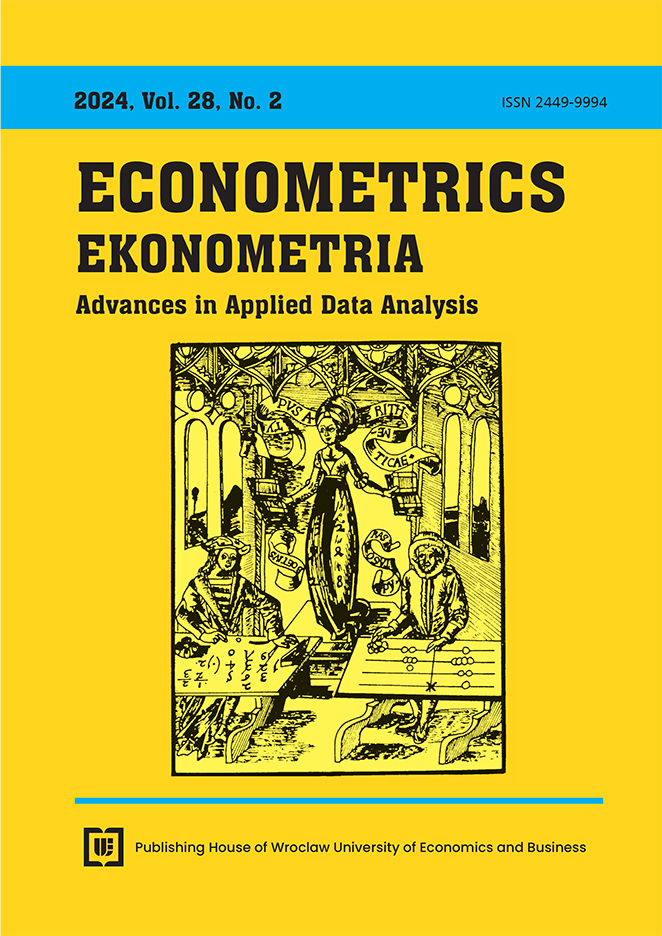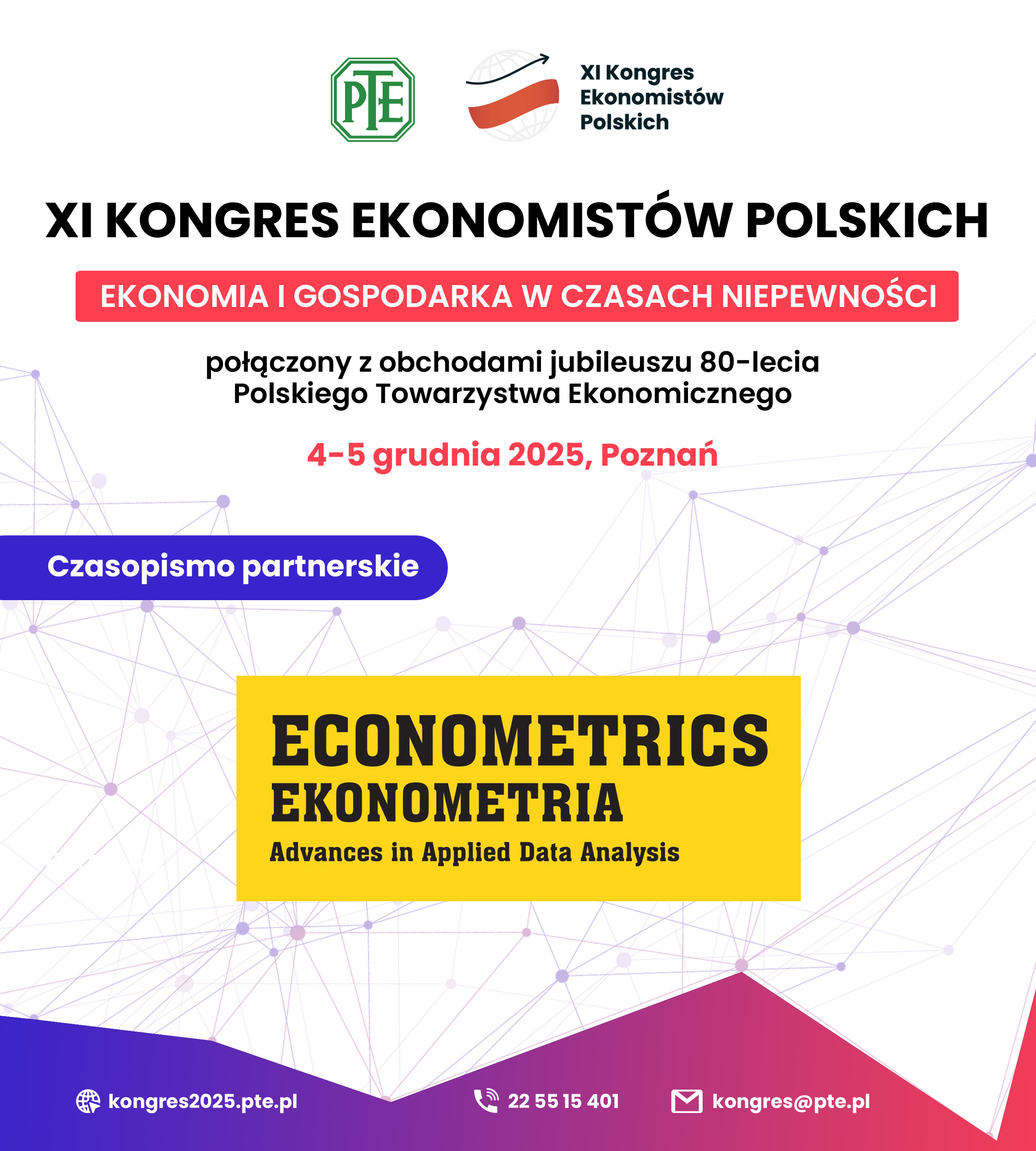Synthetic Financial Data: A Case Study Regarding Polish Limited Liability Companies Data
Keywords:
synthetic data, generative models, financial data, CTGAN, TVAEAbstract
Aim: The aim of this article is to present and evaluate the concept of synthetic data. They are completely new, artificially generated data, but keep the statistical properties of real data. Due to the statistical similarity with real data, they can be used instead of them. This action allows data to be shared externally while guaranteeing their privacy.
Methodology: New datasets were generated based on financial information about Polish limited liability companies, which come from the Orbis database and refers to 2020. To create synthetic data, it was decided to use generative models: CTGAN (based on GAN architecture) and TVAE (based on autoencoders). Finally, the synthetic data were compared with the real ones in terms of statistical properties (e.g. shape of distributions, correlations etc.) and their applicability to machine learning models (PCA method).
Results: The Overall Quality Score was higher for the data generated by TVAE, but after examining the results in more detail, it was seen that the data generated by CTGAN had a better quality in terms of keeping the statistical properties of the real data. Comparing the results of the PCA method, TVAE was better than CTGAN. In addition, the TVAE method was less time-consuming than CTGAN.
Implications and recommendations: Before publishing the synthetic data externally, it is recommended that the data are generated using several algorithms, evaluating their final results and finally selecting the best option. This action enables the resulting dataset to be of the highest quality. In further research, it is proposed that other algorithms are tested (e.g. CopulaGAN or TableGAN), in an attempt to deal with some of the realistic data problems that were missed in this analysis, such as missing values (the work was carried out with a complete dataset). Data generated in this study may be used to build financial indicators; which in turn could be used to construct company assessment models.
Originality/value: Synthetic data help to deal with some of the data limitations, such as data privacy or scarcity. Due to their statistical similarity with real data, it is possible to use them in advanced machine learning methods instead of real datasets. Analysis on high quality synthetic data allows conclusions similar to analysis on real data to be achieved, while retaining privacy and without publishing sensitive data to third parties.
Downloads
Downloads
Published
Issue
Section
Categories
License
Copyright (c) 2024 Aleksandra Szymura

This work is licensed under a Creative Commons Attribution-ShareAlike 4.0 International License.
Accepted 2024-04-19
Published 2024-07-26









